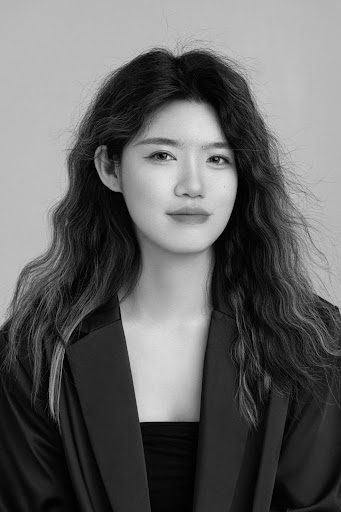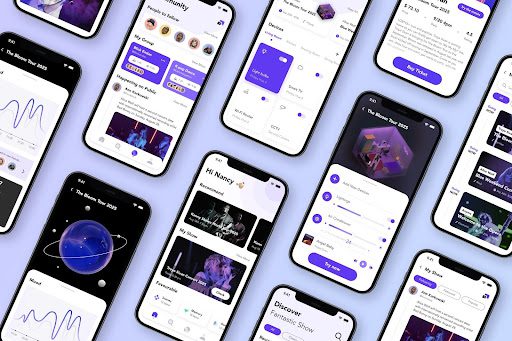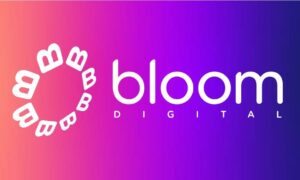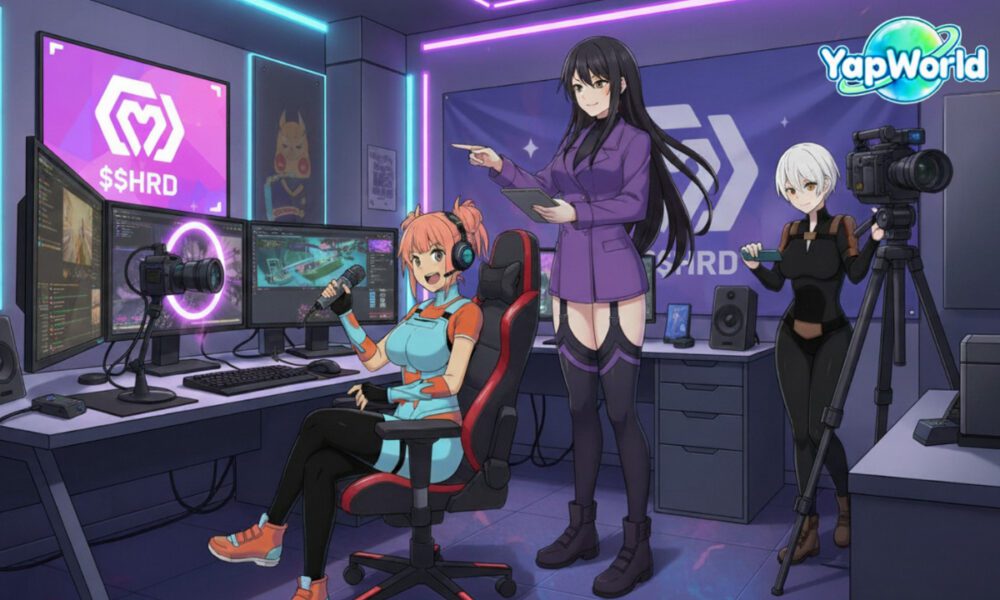Working at the intersection of technology and care, Wanqiu Wang approaches design with a perspective shaped by curiosity and hands-on problem solving. She is a designer focused on creating clear and meaningful digital experiences, building on an undergraduate background in Digital Media Art and a master’s degree in Social Innovation Design from the School of Visual Arts in New York. Her interactive media work reached a broad audience, and she’s carried that mindset into healthcare, where she works on digital tools meant to make life a little easier for patients, their families and the clinicians around them.
Human-Centered Innovation in Digital Experiences
Wang emerged as a designer whose projects explored the emotional and sensory side of digital environments. She led the design of Vocal Space, a project that emerged at a time when virtual concerts were widely watched yet often left audiences feeling disconnected. As she explained, “Everyone was watching concerts online, but no one felt present.” This insight led her to explore how technology could respond to a person’s mood, voice, and movement in real time.
Vocal Space reimagined the virtual concert experience by creating a stronger sense of presence for audiences. The project used everyday connected home devices in a very natural way—lights, sound, and the room’s mood shifted as people adjusted their setup. Even before the show began, the space felt ready for it, giving people a moment to ease in rather than stare at a screen.
At a certain point in the show, people stopped sitting still. Lights in their rooms responded to the beat—sometimes flickering, sometimes washing the walls with a different color, almost like the music had found its way into the space. Friends who weren’t even in the same city could still hear each other—laughing, singing off-key, moving around. And once the show was over, the app let the users look back at their data for the night, listen to a sound ball built from their own reactions, or talk with an AI bot that helped them wind down from the experience.
Vocal Space earned Gold Awards from MUSE and the London Design Awards, as well as recognition from the NYX and Vega Digital Awards. Her work showed that interactive design could make people feel more connected. In her words, “Technology can isolate us or bring us together. Design decides which one it becomes.”
Shift Toward Social Impact and Real World Systems
Wang’s work also explores how design can support communities and real-life challenges. One example is a project with a cultural museum focused on traditional Miao embroidery. She helped create digital tools and community events that encouraged young people to discover and support local artisans. This experience reinforced her belief that design can support culture and people’s values. As she shared during the project, “Design isn’t just about products and can indeed keep culture alive.”
Across these kinds of projects, Wang found that she was drawn to work supporting human needs. These projects required empathy, clarity and problem-solving. Healthcare is another area where she applies this human-centred approach.
Move Into Healthcare UX
Wang is now a UX designer at Asembia, supporting several of ASPN Pharmacies’ core digital products, including the patient portal, prescriber portal, and multiple direct-to-consumer programs. The products built by ASPN Pharmacies are meant to help people get the medicines they actually need. This includes guiding them through prior-authorization questions, helping them see what their insurance will or won’t cover, and showing when a more affordable option exists.
Wang spends a lot of time smoothing out the parts of a treatment request that usually slow everyone down. Patients stop feeling like they’re waiting in the dark because they can see minor updates along the way – who’s touched their case, what’s shifted, and what might happen next. On the prescriber side, the clearer prescription management flow and task guidance take a bit of pressure off their already full days. The products she works on evolve through constant back-and-forth with pharmacists, engineers, compliance teams, and product leads. Each change has to honor medical rules while still being understandable to someone who isn’t in the industry.
Wang also reminds teams that “patients are not just users clicking buttons.” Many arrive stressed, confused, or trying to manage an unfamiliar diagnosis. She often considers how overwhelming these processes can be and tries to design things so some of that weight is taken off people as they move through each step.
FluMist Home Project
One of Wang’s major healthcare contributions is her work on FluMist Home, the first system in the United States that allows people to receive the FluMist flu vaccine through an online process and self-administer it at home. The project was built through a partnership supported by AstraZeneca and ASPN Pharmacies.
Wang helped design the entire digital experience for the project. This included clinical questions, age-based eligibility, pharmacist review, delivery confirmation, and follow-up. She worked closely with pharmacists, developers and compliance teams to make sure the system met medical standards while still feeling simple for patients.
She explained the challenge clearly.
“Medical forms, insurance checks, and cold-chain shipping are all involved behind the scenes, but we wanted patients to experience something calm and human.”
She also said, “The FDA gave FluMist the green light years ago, but people still had to jump through hoops to get it.” Turning the vaccine into a home delivery option created what she described as “a new and improved concept.”
The product received FDA approval in 2024, which confirmed the safety of the system. Wang noted that it showed how “good design could deliver on stringent healthcare standards.” The program launched nationwide in 2025 and became a helpful option for families, especially those who prefer care at home.

Final Notes
Wang’s design approach is guided by a belief in clarity and humanity. She aims to make technology feel supportive, not overwhelming. One of her guiding ideas is simple. “People do not remember the interface. They remember how the experience made them feel.”
From Vocal Space to FluMist Home, her work shows how design can support both innovation and human needs. She continues to develop systems that make difficult tasks simple and give people a better experience at every step.































